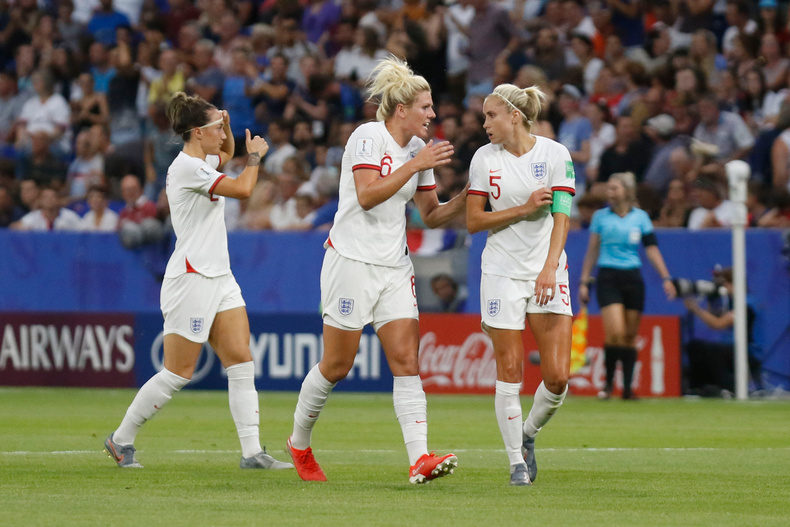The evolution of women's football and the changing shape of stadia

It is nearly a year ago that the government announced a review of women's football, and six months since the government commissioned its review headed up by former England and Great Britain footballer, Karen Carney MBE.
Still in the process of gathering evidence for the three different areas under review - audience and growth, commercial and broadcasting and structures and governance - the review will help form how UK women's football practice is shaped in the forthcoming years ahead.
At AFL we welcomed the review, having worked on many of the leading stadiums in both the UK and worldwide, including the inclusive designed Brentford Gtech Community Stadium, the only stadium chosen to host the UEFA Women's EURO championships last year, before it was completed. We have seen the change in not only audiences at football games, but of players, of referees and of all those involved in the beautiful game. This in turn has influenced how we are designing stadiums. Gone are the days when stadiums are designed by men with men in mind, with female referees having to change in a disabled toilet or a non-binary spectator feeling uncomfortable using the gender specific facilities.
Flexibility is the key element for futureproofing our stadiums today - whether that means for differing ages, genders or those with different accessibility needs - or making our stadiums more agile in their usage as educational spaces or community places on non-match days.
Masterplanning with the audience at the heart
Understanding different audiences and how those audiences use the stadia is at the heart of all stadium masterplanning and we strongly believe that female football will help bring more women and children to the stadiums, changing the match experience and supplementing football clubs' revenue. This in turn is changing the buildings' layouts, the fan zones and the types of services and entertainment to be offered.
Simple prior thinking is needed to how changes of demographics might change visitor behaviour experiences and the impact this will have on design - for example more visitors with bags to search might result in longer queue times in the fan zones and therefore this space needs to be engaging and comfortable. Or thinking about family spaces and spaces for those visitors that might be sensory challenged, with family and sensory rooms with easy access playing areas, breastfeeding rooms and even selfie walls.
We have also challenged the technical changing rooms' conservative layouts by delivering female referees own changing areas and designing teams changing rooms in a way that are more gender inclusive, from ergonomics to the location of the urinals.
Safety inside and out
However, thinking about the environment goes past the ground and into the communities that the stadiums sit. We need them to feel like safe places for all both inside and outside of the stadium so the infrastructure around each one needs to reflect this. Considerations like whether pathways to and from the stadium are well lit with accessible links to transportation for those to travel home after a late match are now integral to the design.
Adding value to the society
And of course, stadiums need to be part of their communities and be conscious of their surrounding societies. Making stadiums flexible to incorporate space for local community events adds value as well as creating employment, updated infrastructure and community invested outreach programmes run by many of the UK clubs.
Reflecting back on Karen Carney MBE's words when she was appointed, “Of course, this is an exciting time, but there is an urgent need to ensure there are processes and structures in place that protect the interest of the game and the people working in it. I have always said that the sport needs to be built on solid foundations to give it long-lasting success in a sustainable way.” We couldn't agree more.
